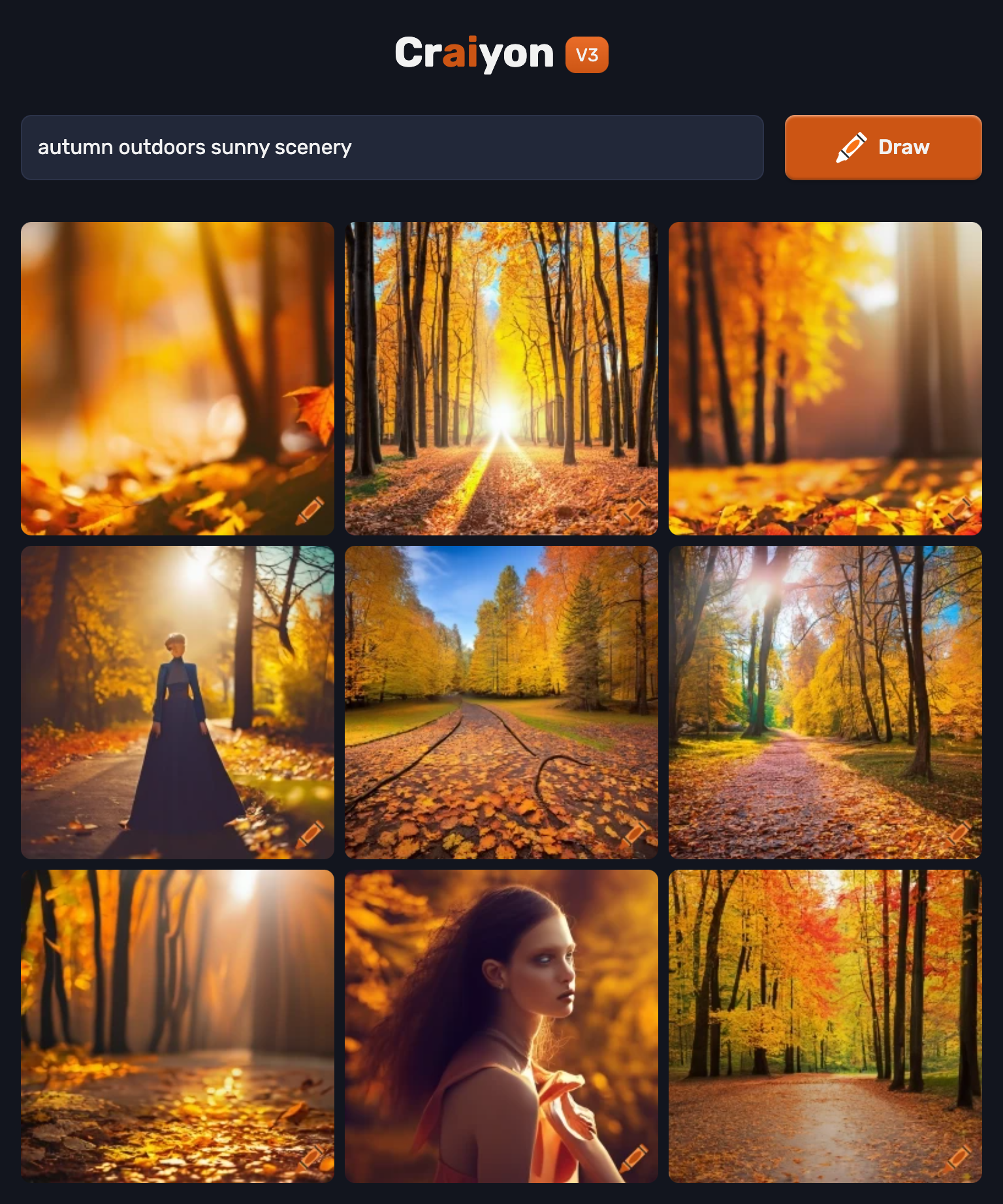Prompt (pulled from Situation Lab’s prompt generator):
Describe or narrate a scenario about a gift found a decade into a future in which order is deliberately coordinated or imposed. Your description should address issues related to environment and elicit feelings of anxiety.
Click on each of the interactive elements to hear journal entries and task notes. Turn on your volume.
I decided to format this as a digital weekly task manager. Agendas and journals have been utilized since written language began, but in recent decades, more and more digital tools have been used where physical planners and agendas had been predominant. Today, platforms such as Google Calendar and Notion are more common than ever before for workflow organization. However, in a decade, I imagine that these platforms and the regular associated practices of usage have shifted to be entirely multimodal; following trends of media convergence, these planners could contain personal notes as well.
Based on the prompt, the gift is camping gear; order is coordinated through strict mandates and regulations on everything from housing to employment to health; the environment is in disarray due to increased global temperatures and ongoing forest fires; and anxiety is apparent through the resurgence of new illnesses, vaccines, respiratory illnesses, and the inability to live life as it once was, ie. spending summers camping. This scenario was inspired by Situation Lab’s prompt listed above, the Speculative Future award (Core77, 2022), the discussions by Dunne and Raby (2013), and the podcasts by Ford (2020) and Greenspan (2021).
References
Core77. (2022). Speculative design award: Core77 design awards 2022.
Dunne, A., & Raby, F. (2013). Speculative everything: Design, fiction, and social dreaming. The MIT Press.
Ford, A. C. (Host). (2020, September 2). Tommy Orange: Reopening. [Audio podcast episode]. In The Chronicles of Now. Pushkin Industries.
Greenspan, S. (Host). (2021, September 28). Cycle 1: Databody. [Audio podcast episode]. In Bellweather. Bandcamp Radio.
Lab, S. (n.d.). The Thing From The Future. Situation Lab. Retrieved December 14, 2022, from https://situationlab.org/project/the-thing-from-the-future/






